Idea by
Maike Statz
Call for ideas 2020
Out of Place, Out of Time
Out of Place, Out of Time
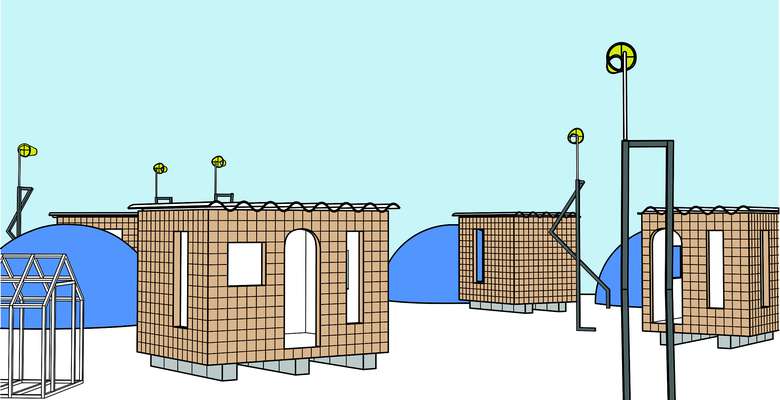
- Systemic changes
Feminist science fiction is a literary genre through which the cultural constructions of race, class, sex, sexuality and gender can be decoded. The author takes on the role of architect and urban planner, among others, in the creation of new worlds. This offers a rich resource for considering speculative architecture that responds to a reimagined society and re-examining our own built environment. Focusing on living spaces, in-depth case studies from existing works of science fiction could dramatically change how we think about and design such spaces. Including more feminist and queer perspectives into the realm of architecture also brings to the forefront the questions of who has the power to design and for whom are they designing?
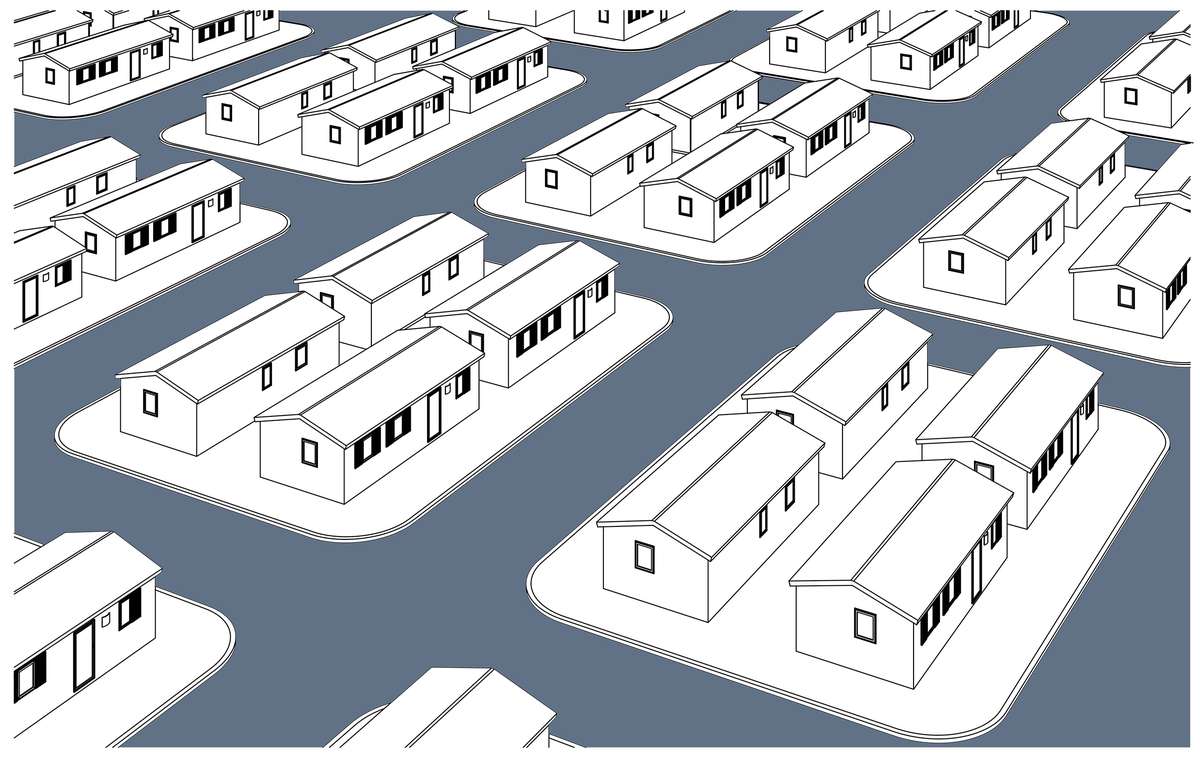
An example case study from Bloodchild (1984) by Octavia Butler. The Preserve: A self contained entity of housing for humans, established to provide protection and control breeding. Living on a planet home to a species of giant sentient insects, each human family 'voluntarily' commits one male child per generation to incubate and give birth to the insect's offspring.
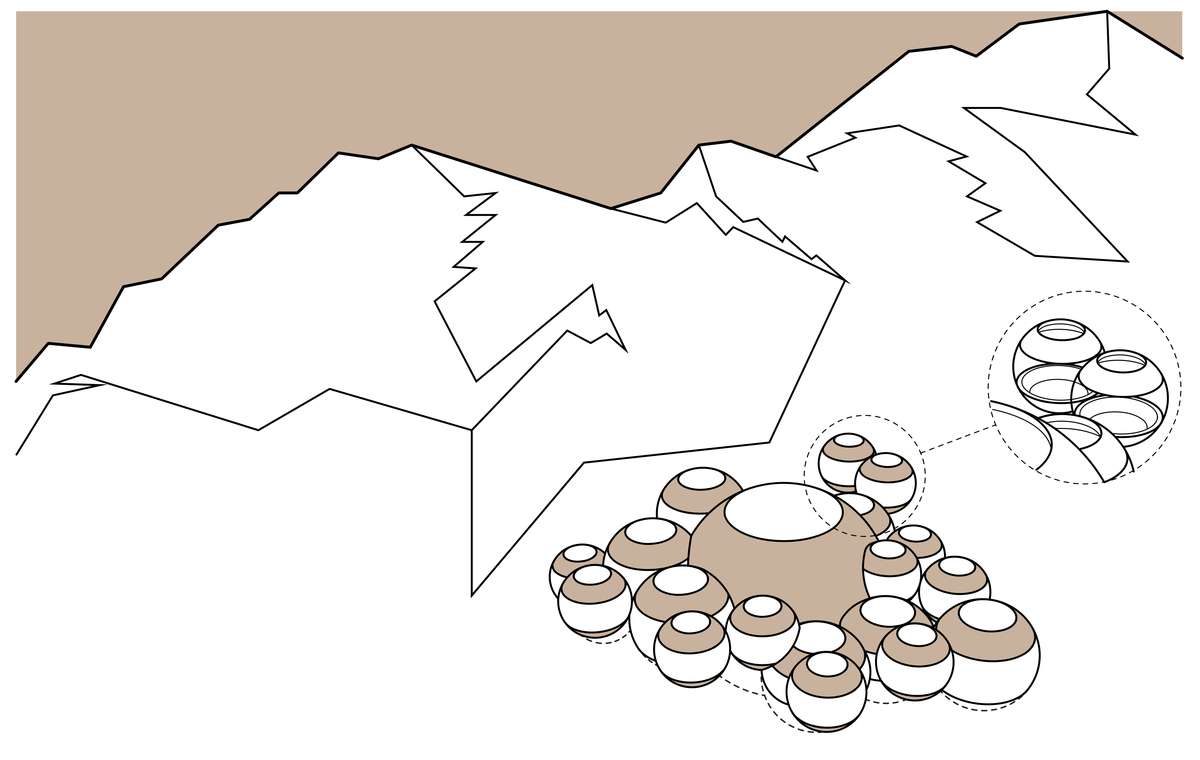
An example case study from The Left Hand of Darkness (1969) by Ursula K. Le Guin. A Karhosh (Island): An apartment-boarding house that contains 20 to 200 private rooms; meals are communal; some are run as hotels, others as cooperative communes, others combine these types.
Out of Place, Out of Time
Out of Place, Out of Time

- Systemic changes
Feminist science fiction is a literary genre through which the cultural constructions of race, class, sex, sexuality and gender can be decoded. The author takes on the role of architect and urban planner, among others, in the creation of new worlds. This offers a rich resource for considering speculative architecture that responds to a reimagined society and re-examining our own built environment. Focusing on living spaces, in-depth case studies from existing works of science fiction could dramatically change how we think about and design such spaces. Including more feminist and queer perspectives into the realm of architecture also brings to the forefront the questions of who has the power to design and for whom are they designing?
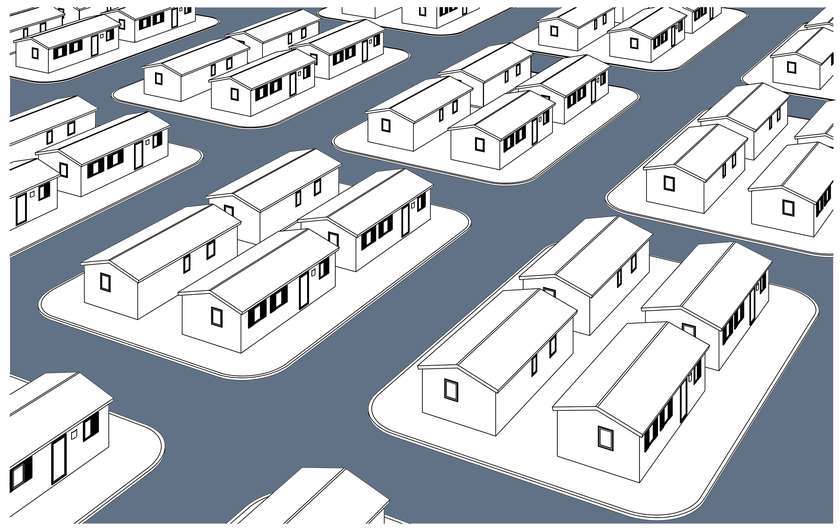
An example case study from Bloodchild (1984) by Octavia Butler. The Preserve: A self contained entity of housing for humans, established to provide protection and control breeding. Living on a planet home to a species of giant sentient insects, each human family 'voluntarily' commits one male child per generation to incubate and give birth to the insect's offspring.
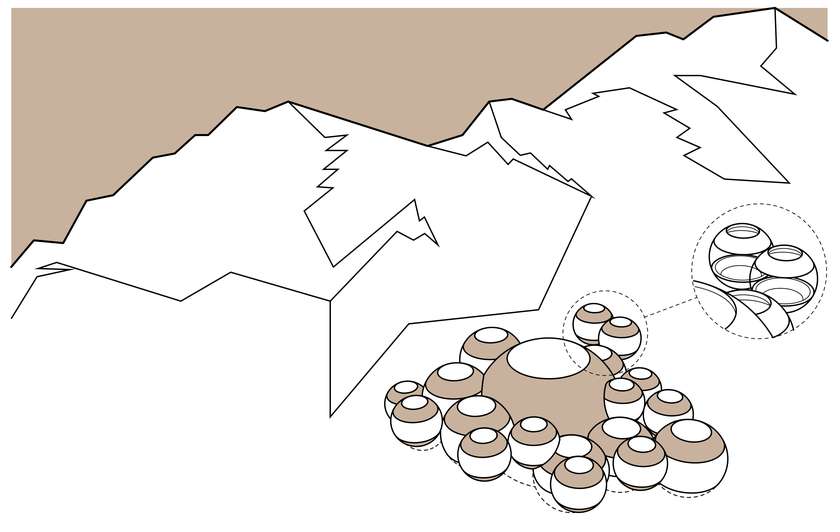
An example case study from The Left Hand of Darkness (1969) by Ursula K. Le Guin. A Karhosh (Island): An apartment-boarding house that contains 20 to 200 private rooms; meals are communal; some are run as hotels, others as cooperative communes, others combine these types.